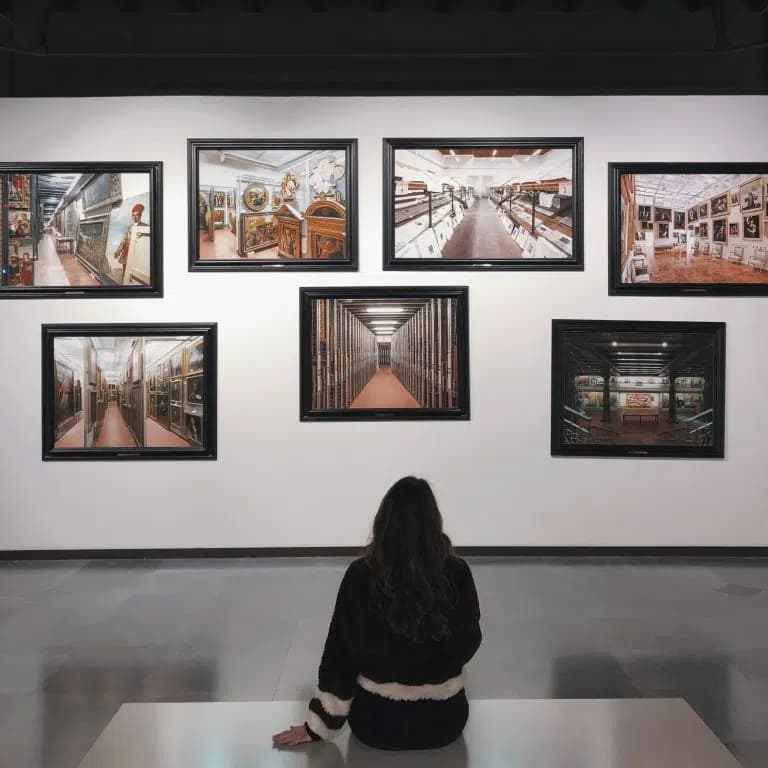
Art History
Exploring the connections between art history, esotericism, and mystical traditions.


Witchcraft in Art: A Deep Dive Through History and Symbolism
Trace witchcraft through art history. See witches as symbols of chaos, power, & rebellion in painting and beyond.
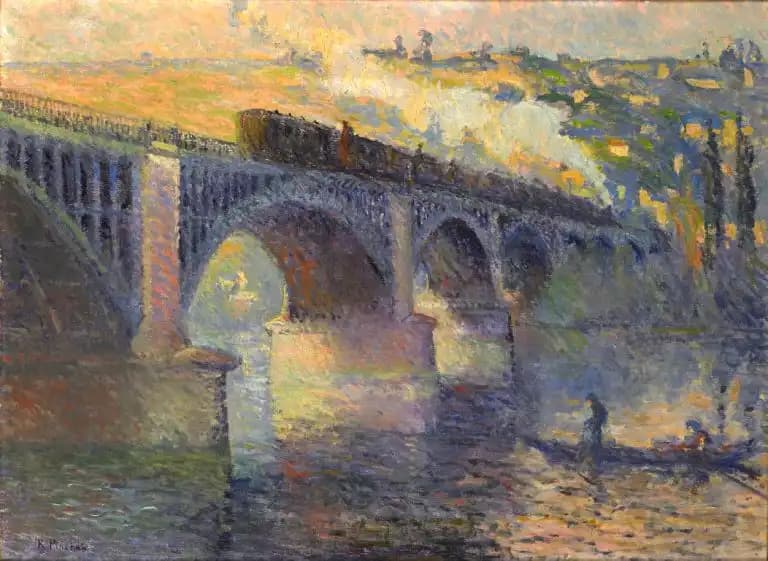
Post-Impressionism
Beyond Impressionism! Discover Cézanne, Van Gogh & more in Post-Impressionism. Learn about abstraction & personal expression in art.

Impressionism
Light & color define Impressionism art! Learn about Monet, Degas, & Renoir's impact on this influential movement.

Symbolism
Unlock the meaning of symbolism! Discover its origins, art and famous symbolist painters. Find hidden emotions in art.

Realism
Discover how Realism transformed art by depicting unvarnished truth, everyday life, and social issues in mid-19th century Europe.
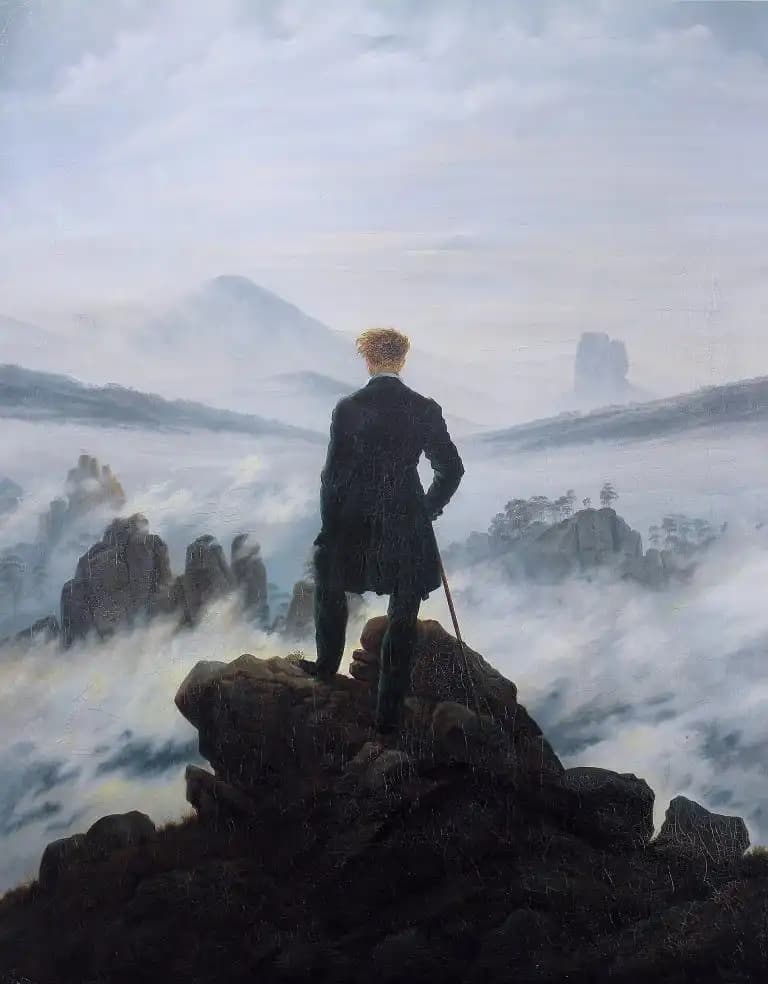
Romanticism
Romanticism: Emotion, nature, & individualism defined art. Learn about this revolutionary movement's impact and key characteristics.

Rococo
Rococo: Discover 18th-century art's elegance! Learn about Rococo paintings, sculptures, & architecture. Find the beauty in ornamentation.
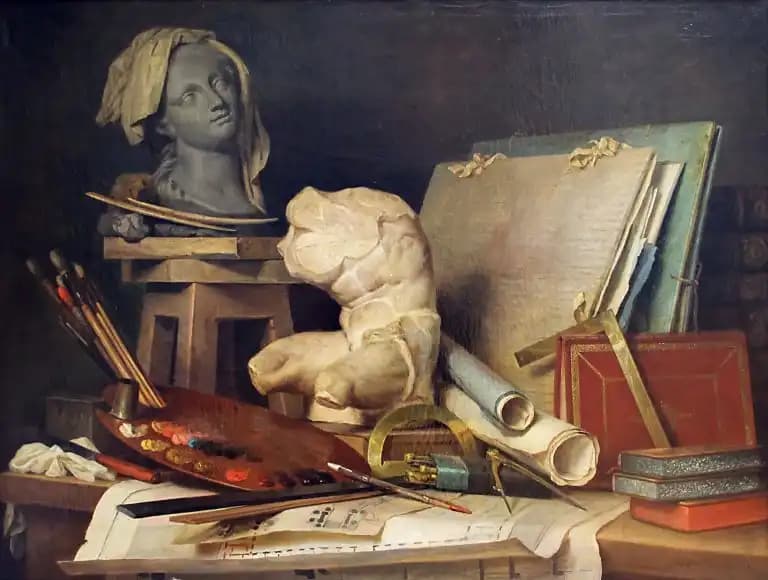

Baroque
Baroque art: Drama & grandeur defined this era. Learn about Baroque paintings, sculptures & architecture. Discover its rich history today!

Mannerism
Explore Mannerism's deliberate subversion of Renaissance ideals through exaggerated forms, artificial compositions, and technical virtuosity that bridged classical harmony and Baroque drama.

Renaissance Art
Discover Renaissance art: paintings, sculpture, & architecture. Learn about realism, humanism, and masters like Leonardo da Vinci.

Medieval Art
Explore the spiritual splendor of Medieval art, from Early Christian symbolism through Romanesque solidity to Gothic magnificence in cathedrals, manuscripts, and sculpture.
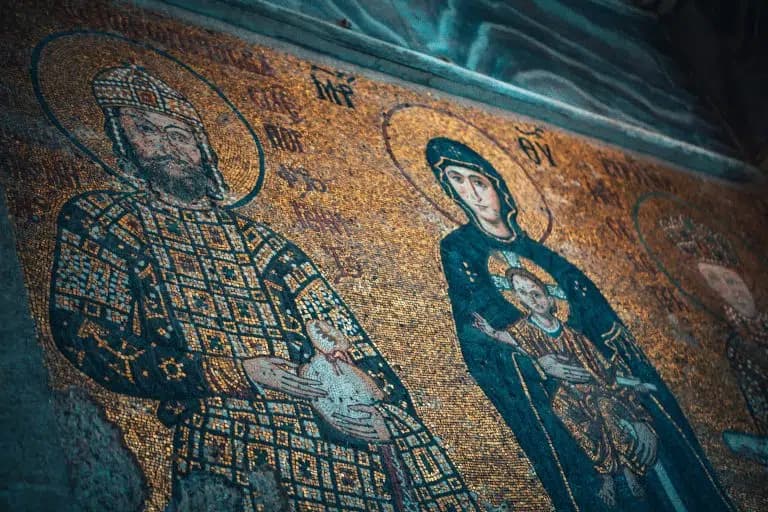
Byzantine and Islamic Art
Journey through the dazzling worlds of Byzantine mosaics and Islamic geometric patterns, two artistic traditions that transformed spiritual expression after Rome's fall.

Ancient Roman Art
Journey through Rome's artistic legacy, where pragmatic innovation met cultural splendor in sculptures, monumental architecture, and vibrant frescoes that still captivate us today.

Ancient Greek and Hellenistic Art
Discover Ancient Greek & Hellenistic art! See iconic sculptures, pottery, & architecture, shaped by ideals, balance, & Alexander's conquests.

Ancient Egyptian Art
Discover ancient Egyptian art! Learn about iconic styles, pharaohs, religion, and the afterlife in this period.

Art of Mesopotamia
Discover Mesopotamian art! See the Standard of Ur, Hammurabi's Code, & more. Warrior art & narration are key traits.
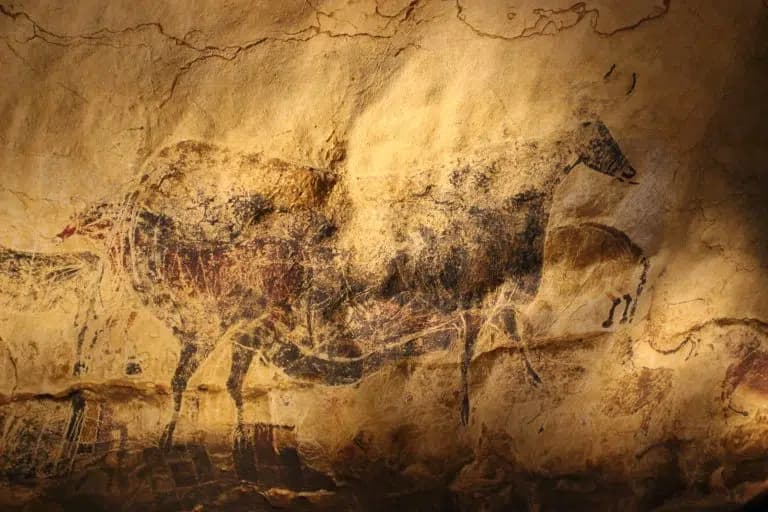
Prehistoric Art
Discover prehistoric art: cave paintings, megaliths, & early figurines. Learn about art before written history and its mysteries.
